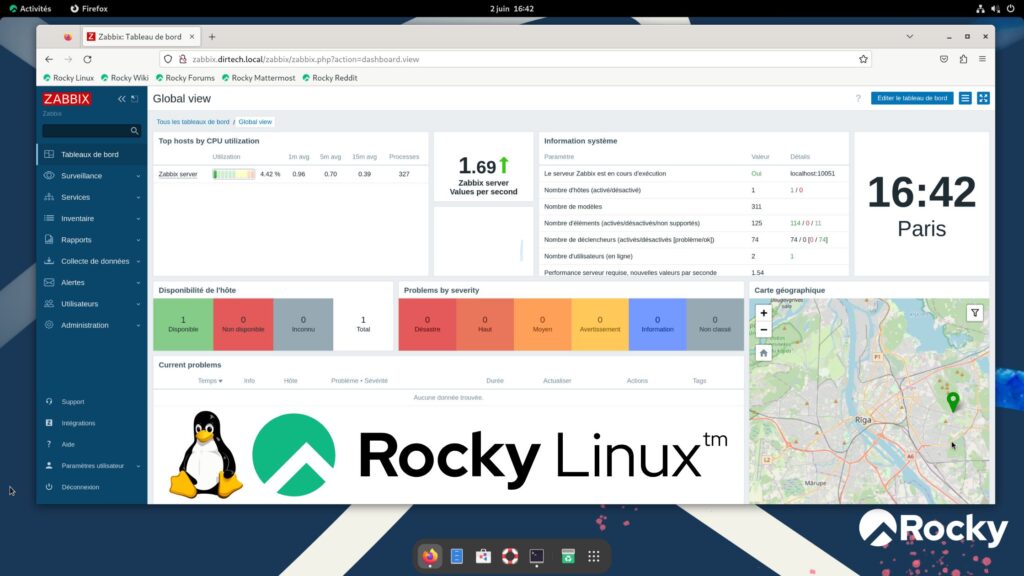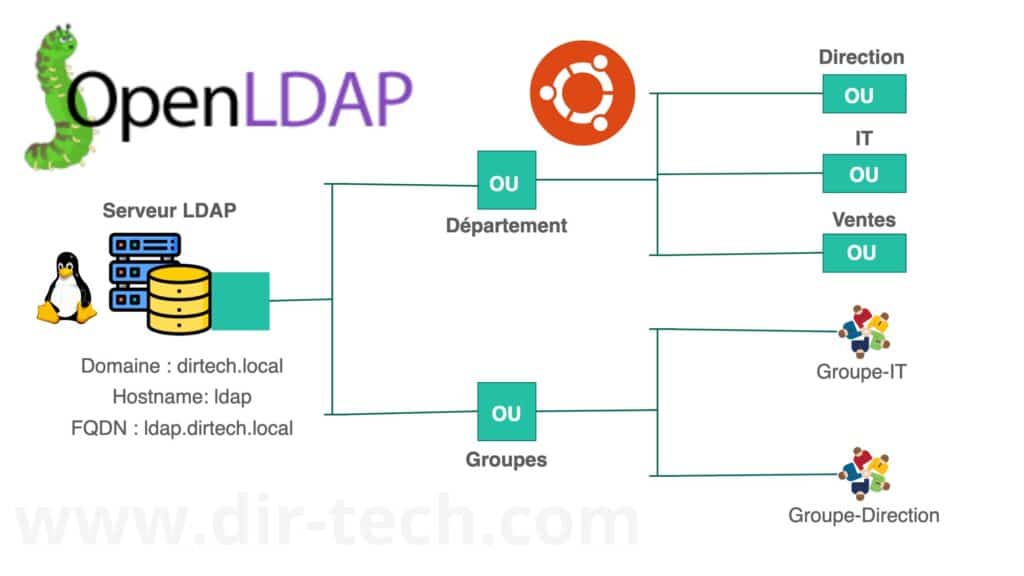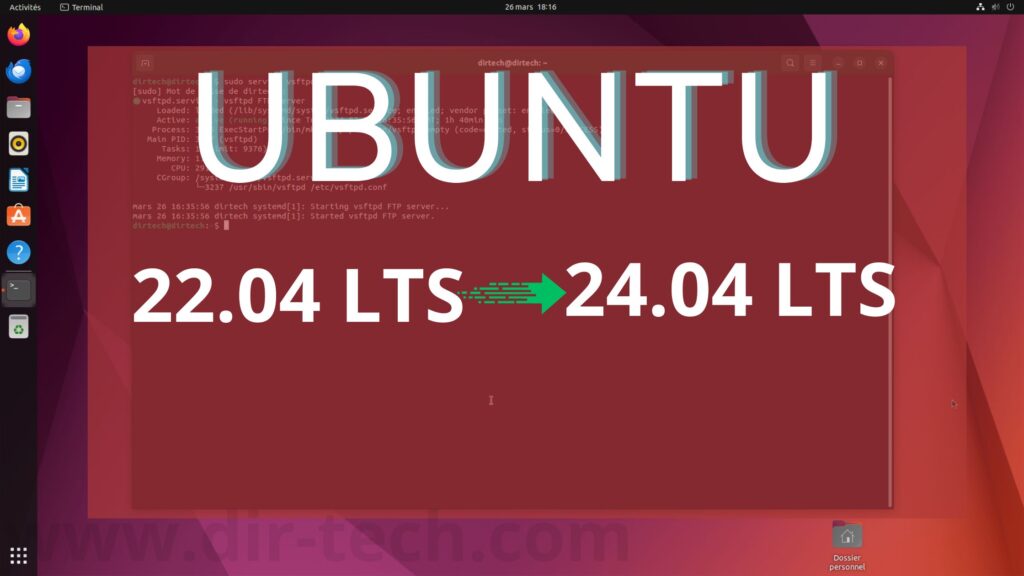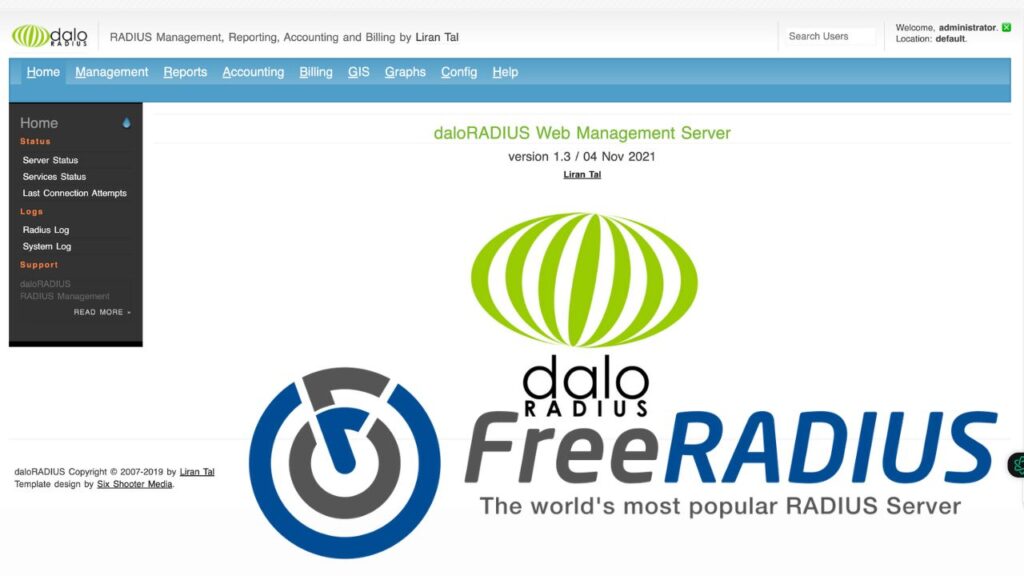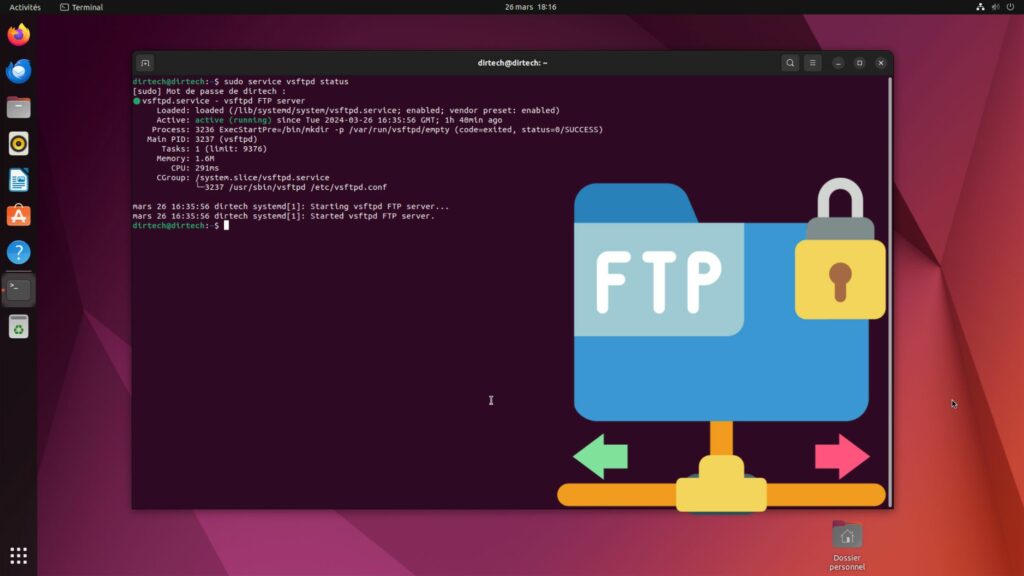Decimal binary hexadecimal calculator allows you to easily and instantly convert values from decimal to binary, binary to hexadecimal and vice versa!
To calculate the subnetworks or VLSM, you will need to convert the decimal values to binary and vice versa.
Please enter a decimal or binary or hexadecimal value in one of the respective forms:
It should be remembered that the decimal has 10 symbols or digital numbers from 0 to 9. And these numbers are used in computing to represent IPv4 and IPv6 addresses.
Then, the binary system, commonly called base 2 is the numbering system using base 2. The digits of the positional binary numeration are called bit. The bit takes only two values, 0 and 1. Computers read assigned IP addresses in binary.
And finally, the hexadecimal system is a positional numbering system using base 16. This system uses 16 symbols, usually numbers from 0 to 9 and letters from A to F. We have: 0, 1, 2, 3, 4, 5, 6, 7, 8, 9, A, B, C, D, E and F.
Hexadecimal is used to represent IP version 6 (IPv6) addresses. To calculate IPv6 subnets, it is therefore important to know how to convert values into binary and vice versa.
See also: Introduction to IPv6 addressing
Checklist
Conversion table decimal – binary – hexadecimal. If you don’t have the answer in this table, use the Decimal Binary Hexadecimal Calculator above.
| Decimal | Binary | Hexadecimal |
| 0 | 0000 | 0 |
| 1 | 0001 | 1 |
| 2 | 0010 | 2 |
| 3 | 0011 | 3 |
| 4 | 0100 | 4 |
| 5 | 0101 | 5 |
| 6 | 0110 | 6 |
| 7 | 0111 | 7 |
| 8 | 1000 | 8 |
| 9 | 1001 | 9 |
| 10 | 1010 | A |
| 11 | 1011 | B |
| 12 | 1100 | C |
| 13 | 1101 | D |
| 14 | 1110 | E |
| 15 | 1111 | F |

